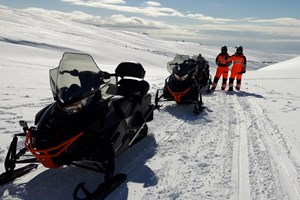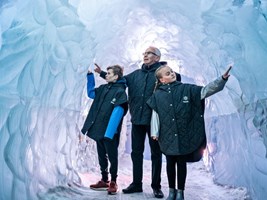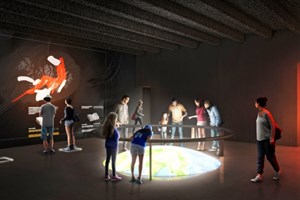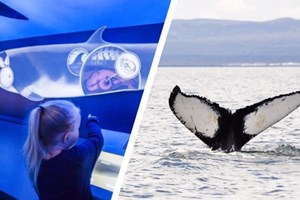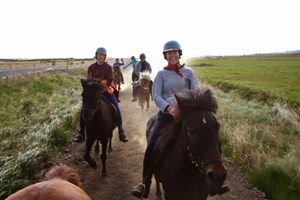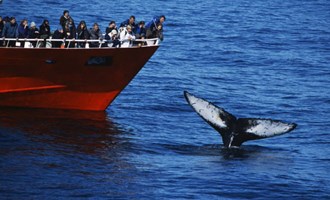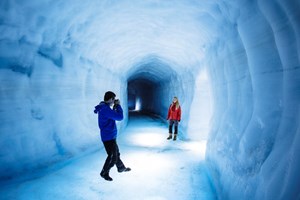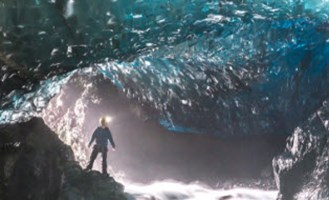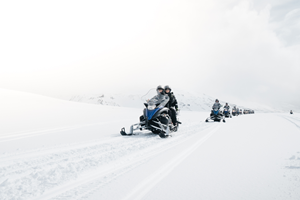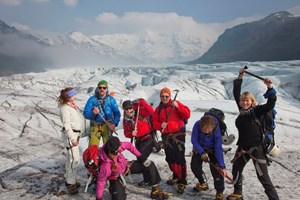Top 10 Museums in Iceland
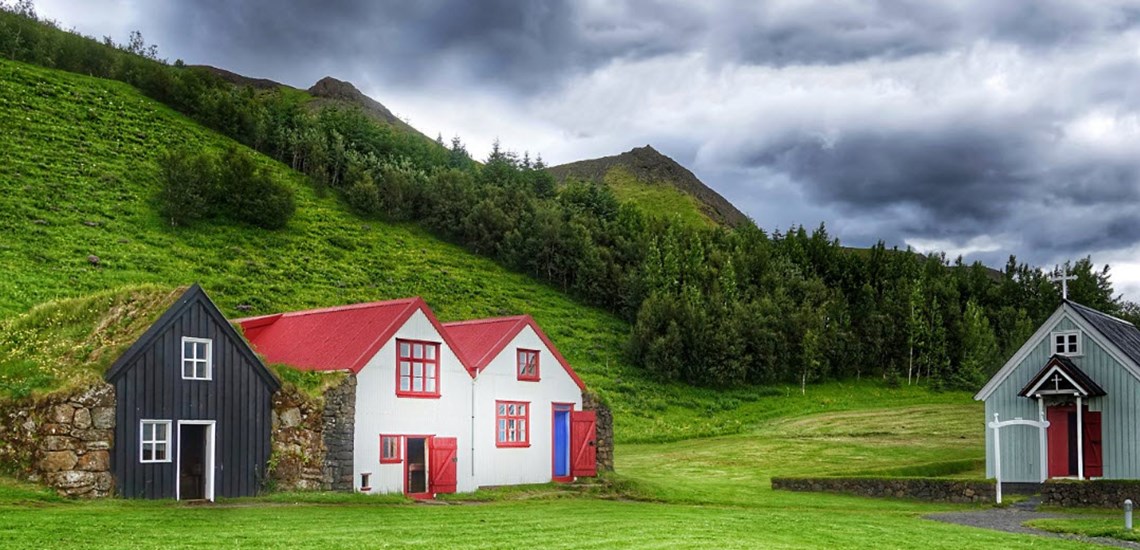
In Iceland you can find many interesting museums and exhibitions, that both give a good impression of Iceland’s history and culture from the settlement time. There are also museums about the nature, e.g. about volcano Katla and volcano Hekla, were you can also find information about volcanic activity and earthquakes. Iceland also has art museums, museums about transportation and last but not least a penis museum!
Below you can find information about our 10 favorite museums around Iceland.
Skógar Museum
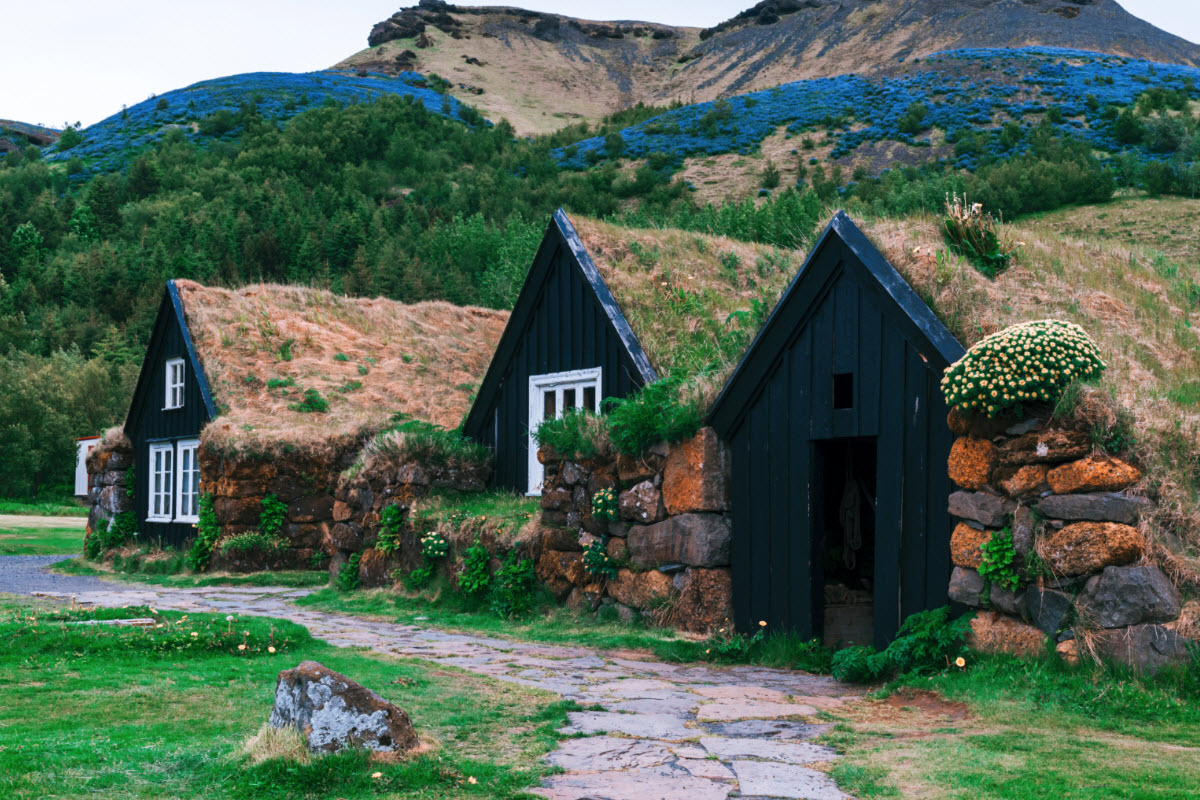
The museum is located in Skógar near the famous waterfall Skógafoss. The museum was officially opened on December 1, 1949 and has been operating for more than half a century. Þórður Tómasson was the main entrepreneur for the establishment of the museum, he curated the museum since its inception until his retirement in 2013, at the age of 92.
The museum is dedicated to Icelandic society such as agriculture, fishing, handcrafts and more. The museum gives a wonderful picture of the hard and difficult lives of the people of Iceland back in the days, where technology development remained in place for centuries and tools for everyday work were the same from the settlement until the 20th century.
At Skógar Museum you can also find a great collection of old houses and buildings from old times, such as turf house that used to be a traditional home of Icelanders. Also part of the Skógar Museum is the Technical Museum that was opened on July 20th, 2002 in a new exhibition hall. There you can experience the history and evolution of transport, communication and technologies in Iceland in the 19th and 20th centuries.
The National Museum of Iceland - Þjóðminjasafn Íslands
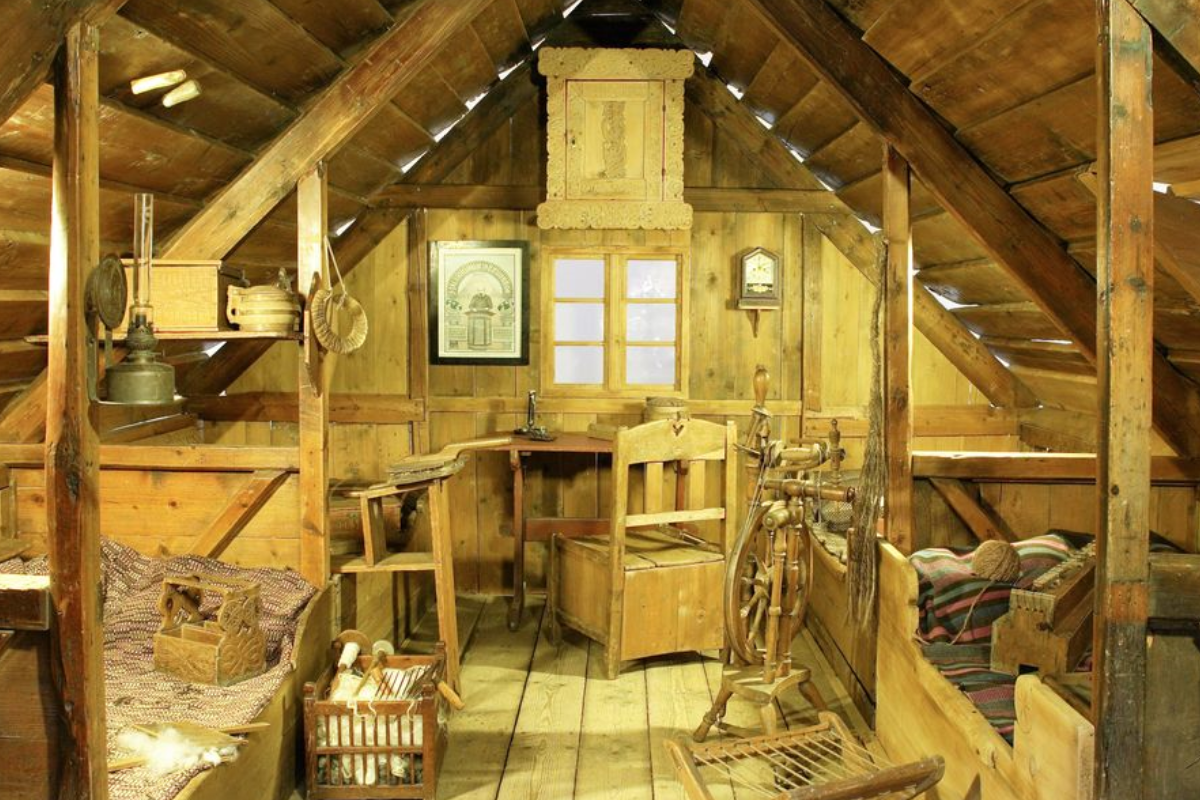
The National Museum of Iceland (Þjóðminjasafn Íslands) is located in Reykjavik and houses many treasures of Iceland’s history. The museum was founded in 1863, during that time Iceland was still under the control of Denmark and therefor many collectibles were located in Denmark.
The museum is the place to go if you want to learn about Icelandic culture through centuries. The exhibits are beautifully displayed and there you can find many interesting collectibles such as the Valþófsstaður door, a carved church door from Valþjófsstaður, considered to be from 1200 A.D. The museum also has collections from the settlement time, along with classical things that belonged to the Icelandic farmers and their work.
The museum is located at Suðurgata 41 in Reykjavik, next to the University of Iceland and is within walking distance of central Reykjavik. The museum offers a free audio guide through a smartphone guide on 9 languages.
Reykjavik Art Museum - Listasafn Íslands
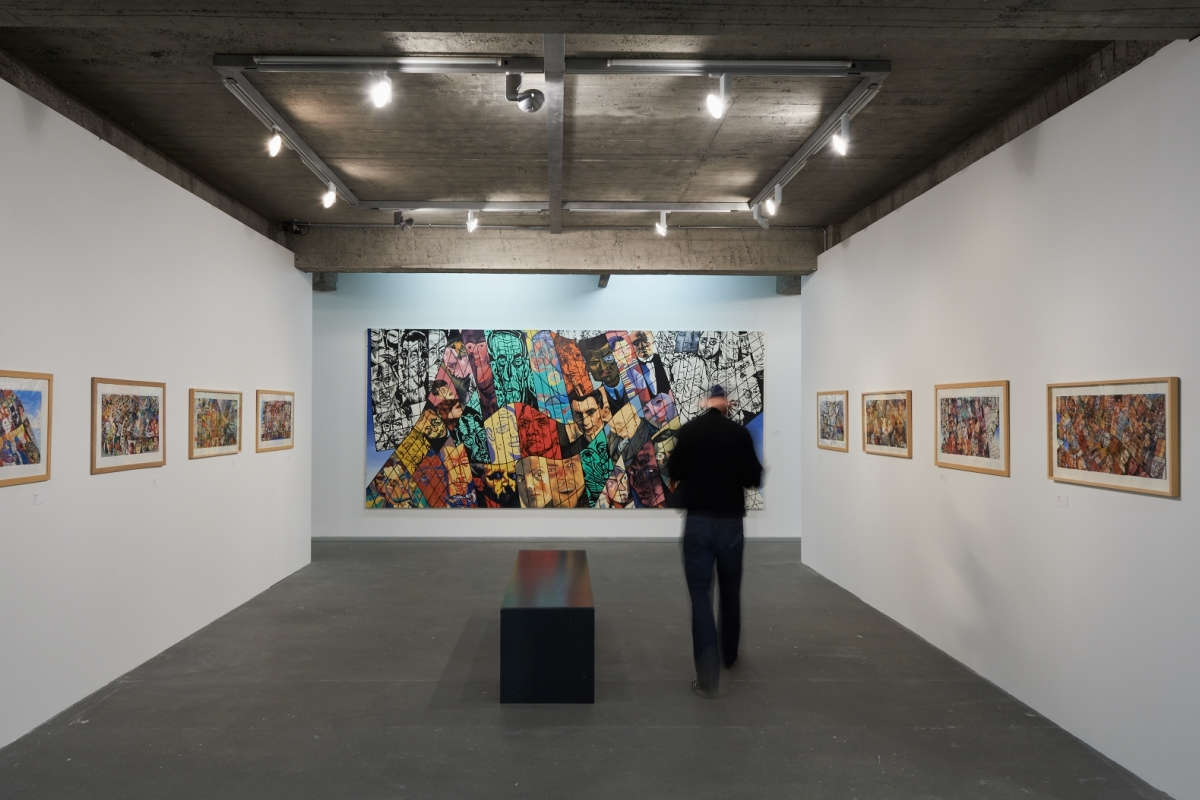
The Reykjavik Art Museum is located in the center of Reykjavik and is therefor the perfect place to stop when walking around the city center. The museum was founded in 1884 in Copenhagen. In the beginning the museum only received gifts from Danish artists but soon that changed and the main collections of the museum now is from Icelandic artists.
The museum’s exhibitions span everything from the historic to our time and there you can find a selection of art and other crafts from all the main artists of Iceland, including Kjarval, Ásgrímur Jónsson, Karólínu Lárusdóttir og Nínu Tryggvadóttir. Exhibitions usually run for 3-4 months, with new exhibitions opening in the beginning of the year, in spring and autumn.
The Phallological Museum - Reðursafnið
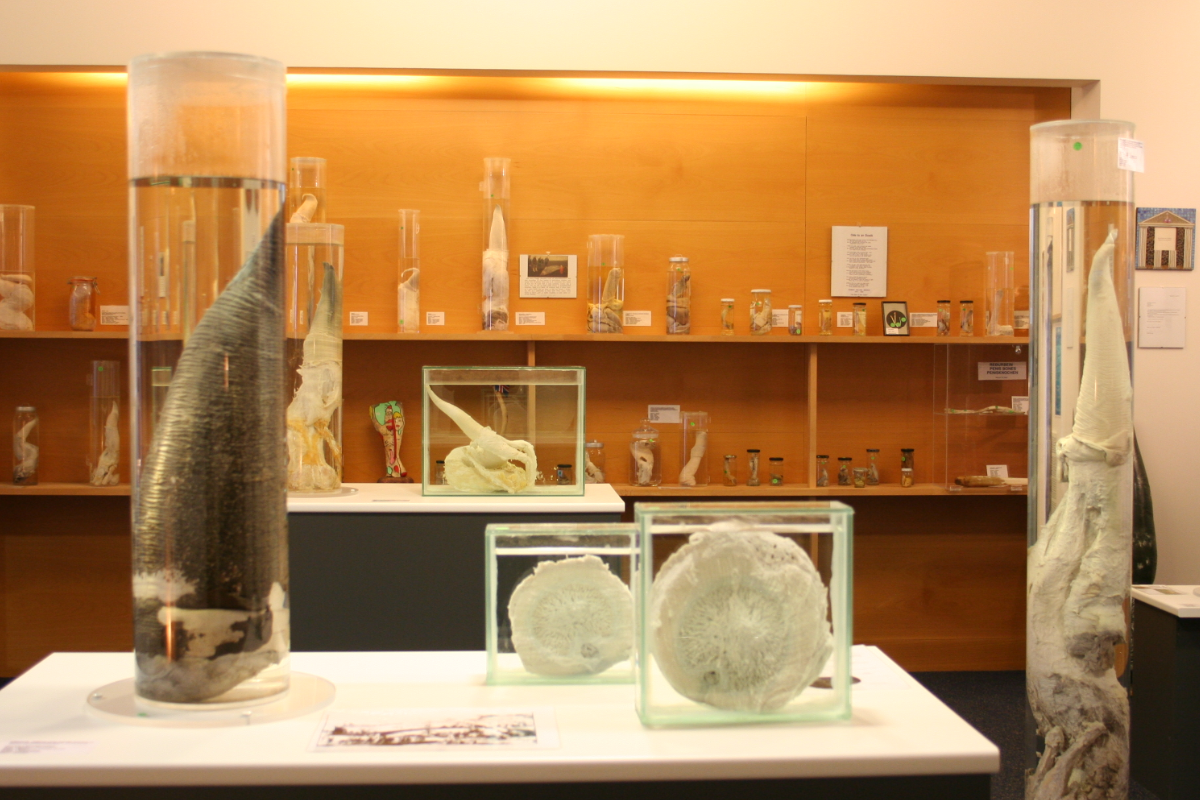
In Reykjavik you will find the largest penis museum in the world! Where you can find over 280 penises or penis-parts of various animals, from a small hamster to the largest mammal on the Earth the sperm whale. You can even find a penis from a human in the museum, but Páll Arason bequeathed his penis to the Icelandic Phallological Museum after his death in the year 2011.
The museum was founded by Sigurður Hjartarson, teacher in 1997. His interest in penises began early in his childhood when he got a pizzle or a bull’s penis. In the beginning the museum was housed in the town of Húsavík in North Iceland before it was relocated to Reykjavik. The museum is now located at Laugavegur 116 in Reykjavik, about 15 minute walk from the central. The museum itself is not very big, so you won’t spend a long time there but it’s very interesting and something you won’t find anywhere else in the world.
The Húsavík Whale Museum - Hvalasafnið á Húsavík
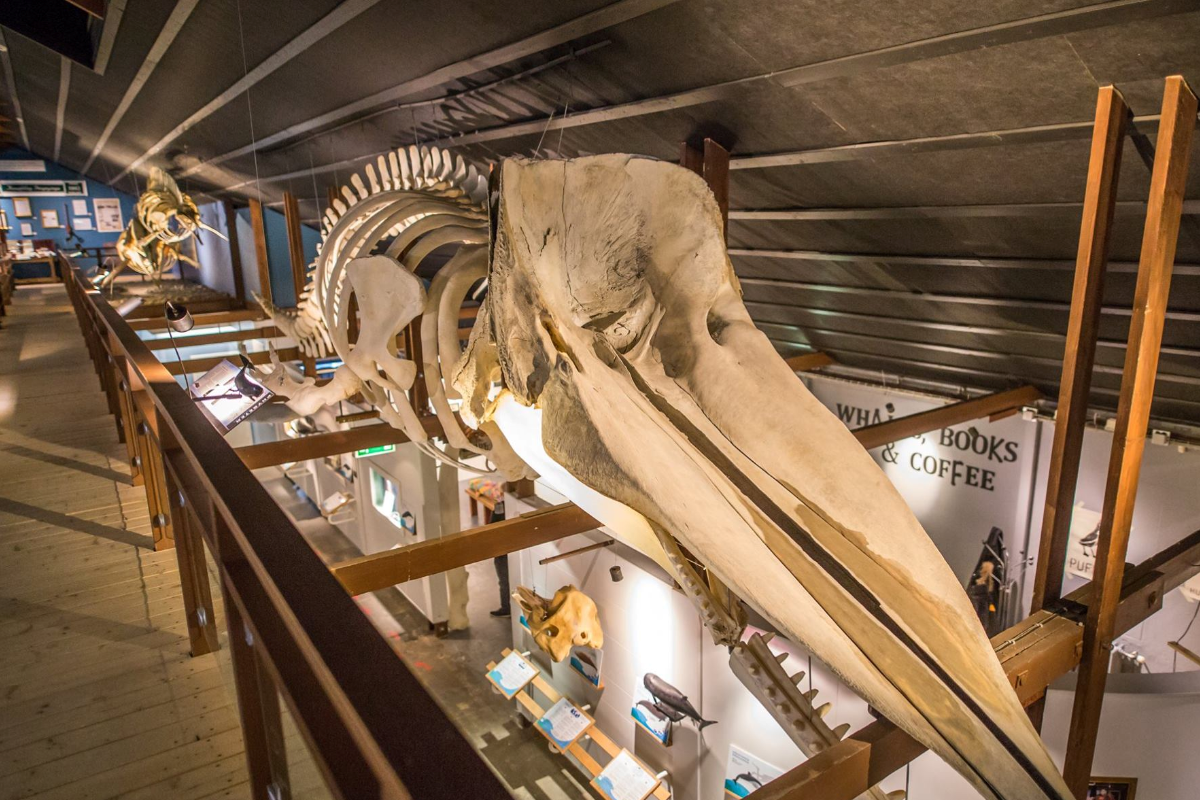
The Húsavík Whale Museum is very interesting where you can find great information about whales and their way of living. There you can find skeletons of many whales and a section where you can learn about whaling. There are also stories and tales of relations between humans and whales.
The museum is located in the heart of the town Húsavík in North Iceland, down at the harbor where the whale watching center is located, it’s therefore the perfect place for those who are going on a whale watching tour or after.
Árbær Open Air Museum - Árbæjarsafn
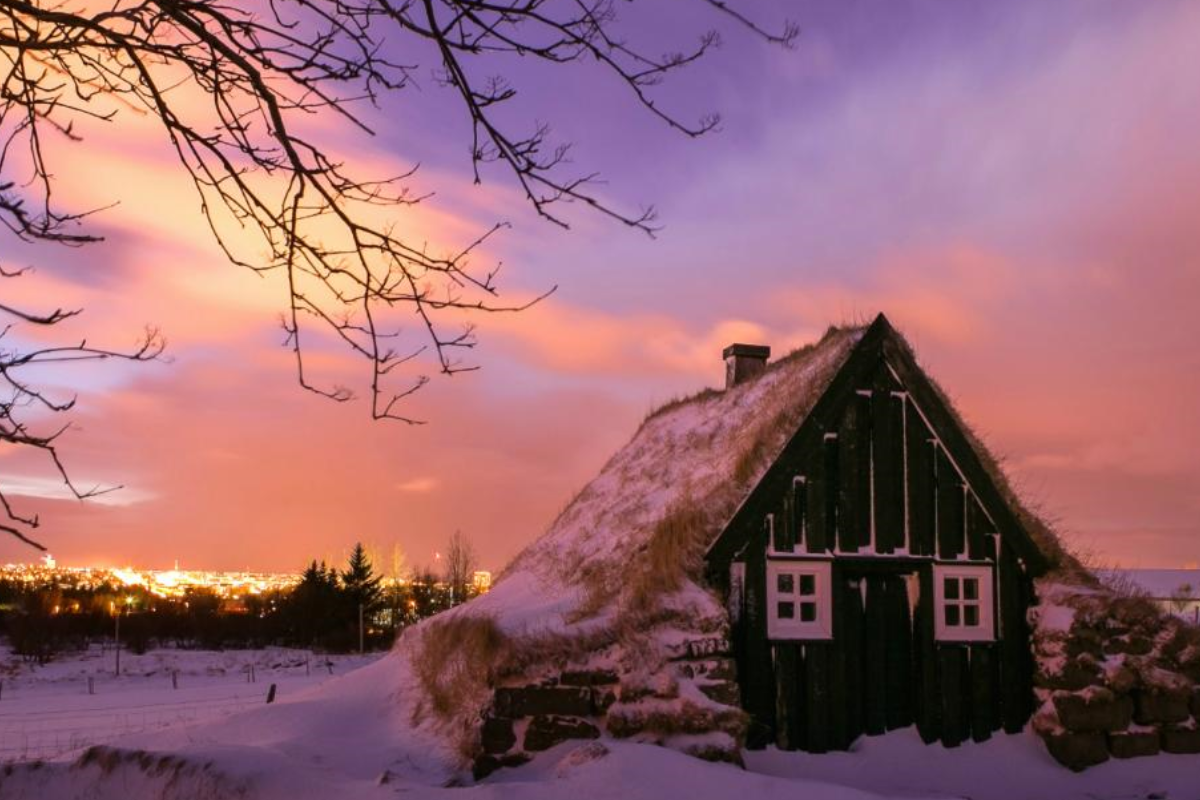
The Árbær Open Air Museum tells the story of the development of architecture and way of life and lifestyle of the past in Reykjavik. The museum consists of more than 20 preserved houses from every time periods of Reykjavik, such as traditional turf houses along with many other remarkable buildings. During the summer they bring the museum to life with domestic animals and the staff is clad in the costumes of the times.
The museum is located in Árbær, a suburb of Reykjavik and the best way to get there is by car or take the city bus.
Lava center in Hvolsvöllur
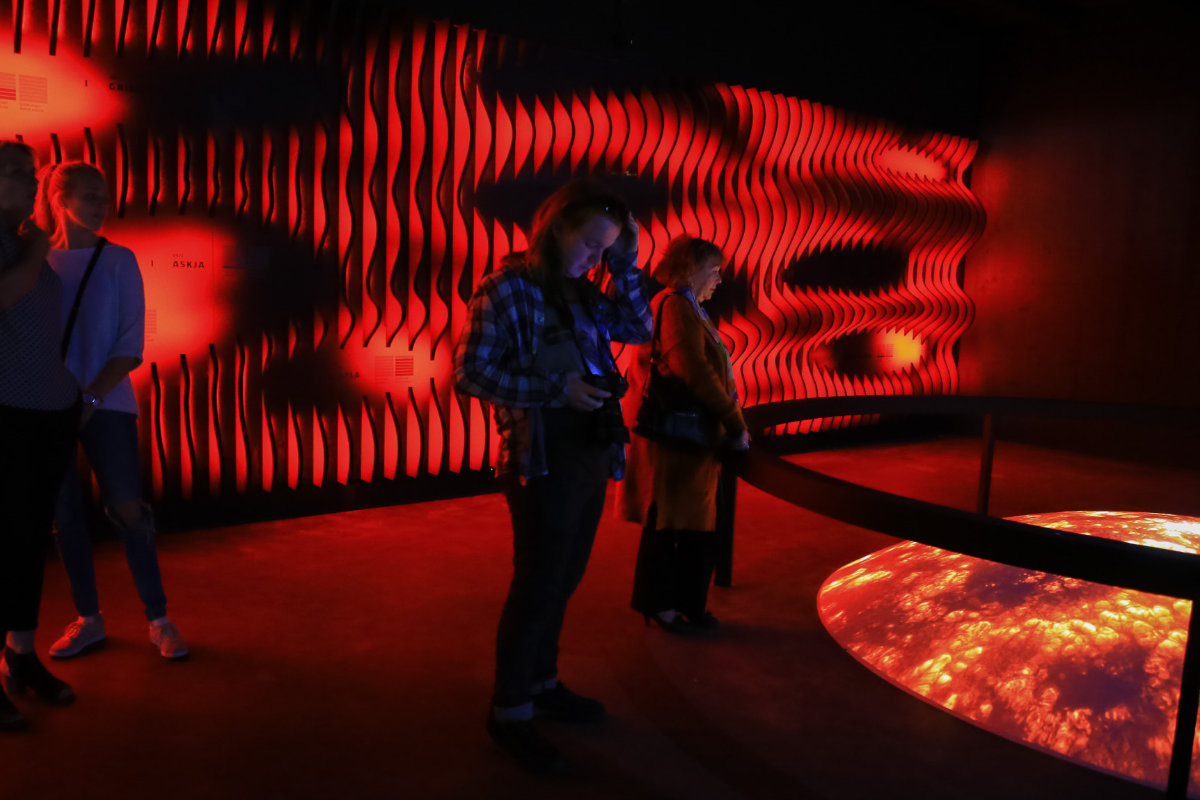
The Lava Center is a newly established in the town Hvolsvöllur in South Iceland. The center features an interactive educational exhibition dedicated to Iceland’s volcanic activity and earthquakes. The exhibition is simple but very interesting, with both geological facts, collection of artifacts, films and graphics from various volcanic eruptions from the largest volcanoes in south Iceland; Hekla, Tindafjöll, Vestmannaeyjar, Eyjafjallajökull and Katla.
Whales of Iceland
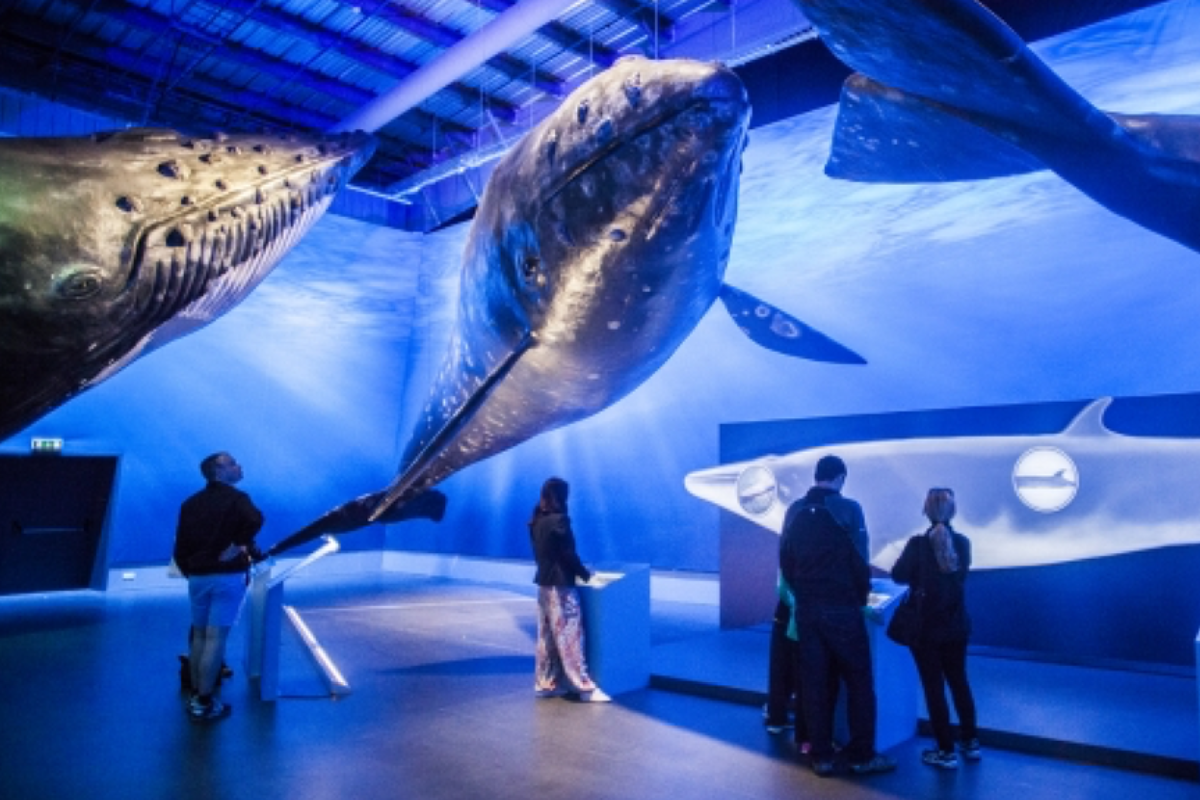
The whales of Iceland is an exhibition that consists of 23 man-made life size models of the various whale species found in Icelandic waters. It’s a great way to learn about these species that you might get a chance to see on a whale watching tour from Reykjavik.
The museum is located in a large warehouse in Grandi area, a short walking distance from the Reykjavik Old Harbor. A combination of the exhibition and a whale watching tour is an adventure for the whole family!
Perlan Museum - Wonders of Iceland
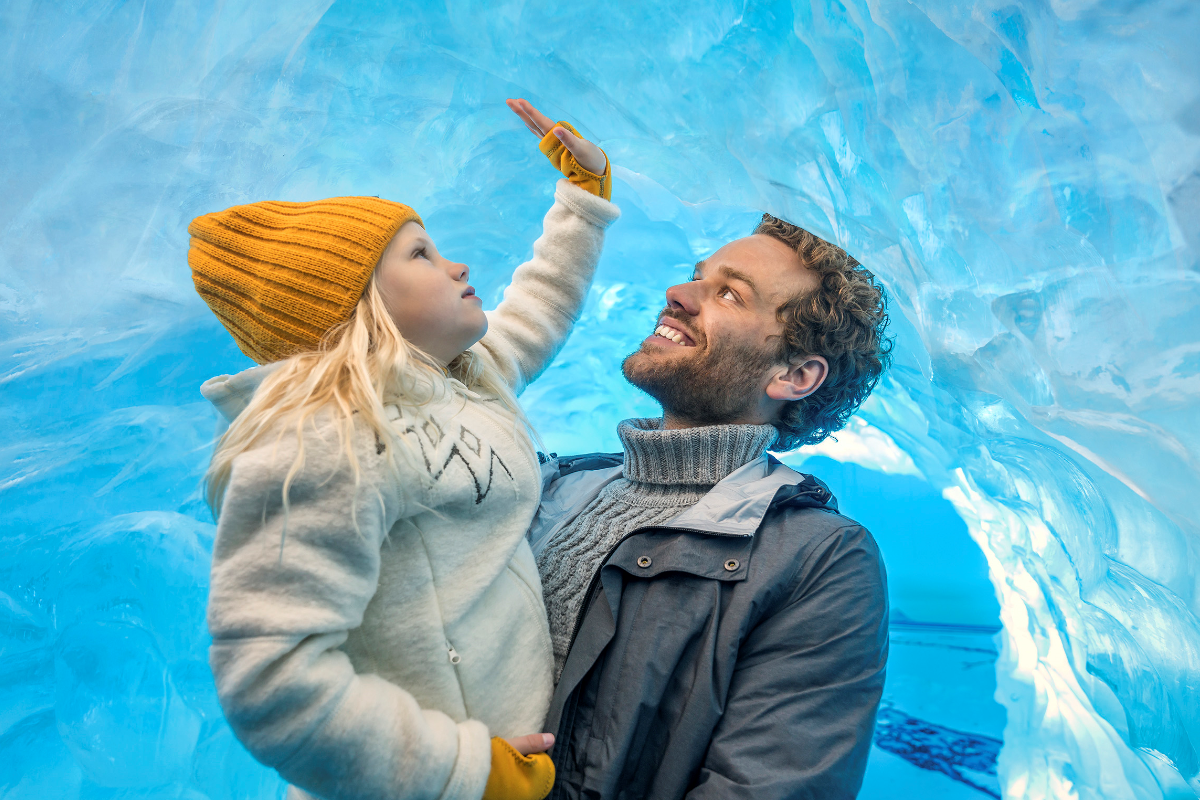
The Wonders of Iceland museum is located in Perlan, a building in Reykjavík that stands on top of Öskjuhlíð hill. The museum is a Glacier and Ice Cave Exhibition where you can find the first indoor ice cave in the world. The museum offers a great opportunity to experience a real man-made Ice Cave and learn about the glaciers of Iceland, their history and bleak future.
Perlan building towers over the city of Reykjavik and a visit to the observation deck is included with the admission fee, where you can experience a panoramic view of the capital area.
The settlement center in Borgarnes
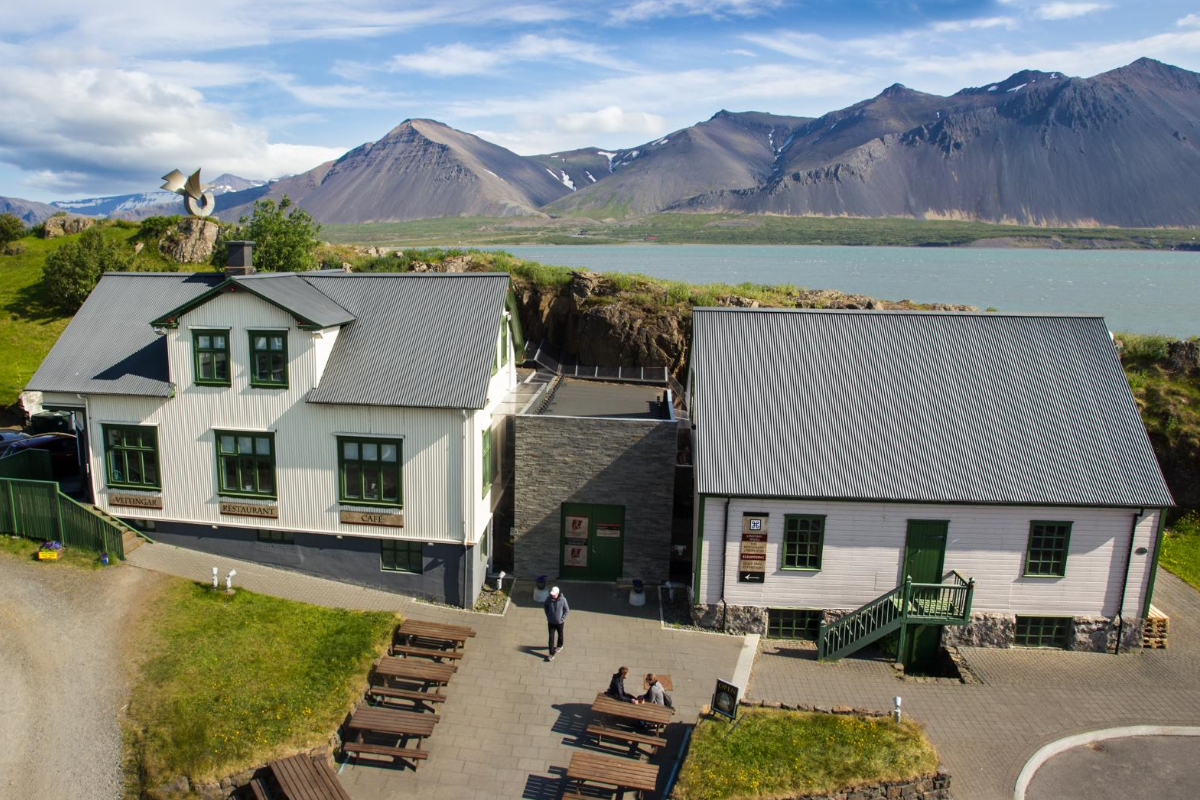
The settlement center in Borgarnes is a place you must visit if you are travelling in the area. The museum offers a wealth of information and a wonderful insight into Iceland’s history. There are two exhibitions, the settlement exhibition that focuses on the history of the settlers of Iceland and the other on is the Egil’s Saga exhibition that tells you the story of the famous Viking Egill Skallagrímsson. Egill was the very first Viking settlers, and who claimed the land around Borgarnes. The museum offers audio guided storytelling programs available in 15 languages.
